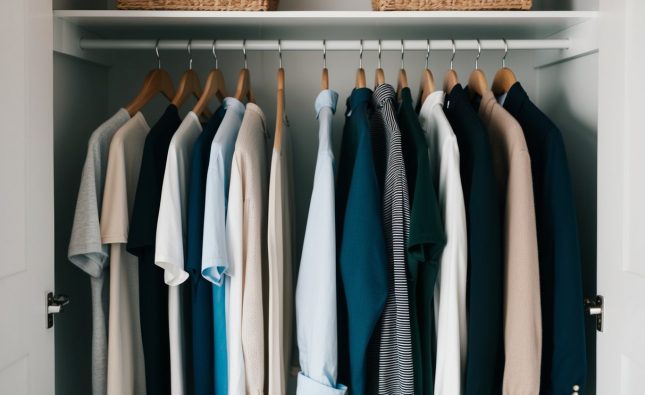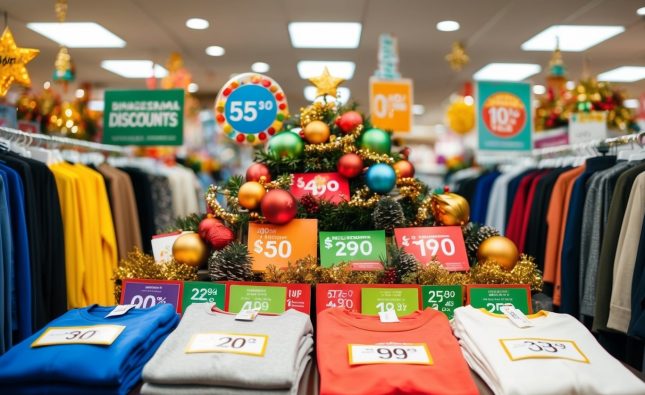
High-end fashion has long been a staple of luxury and self-expression, but the decision between renting and buying can be challenging. Many people are drawn to rent high-end pieces for special occasions or to keep their wardrobe fresh without the commitment of ownership. Ultimately, whether renting or buying is better depends on lifestyle, budget, and fashion goals.

Renting allows individuals to experience designer items without the high price tag, making it an attractive option for those who prioritize variety over ownership. It also provides access to exclusive pieces that might otherwise be unattainable. On the other hand, purchasing high-end fashion can be a worthwhile investment for enthusiasts who appreciate the lasting quality and craftsmanship of designer items.
In the world of high-end fashion, each option carries its own set of advantages. Understanding these factors can help fashion lovers make informed decisions that align with their personal style and financial considerations.
Factors to Consider

When deciding between renting and buying high-end fashion, several key elements come into play. Cost, the influence of fashion trends, and flexibility are significant factors that help individuals make informed choices.
Cost Analysis
Cost is a critical element influencing the choice between renting and buying high-end fashion. Renting often requires a lower upfront payment. For instance, a designer gown may rent for $150, while purchasing it could cost $1,500 or more.
Additionally, potential buyers should consider maintenance costs associated with ownership. Dry cleaning, repairs, and storage can accumulate over time. Renters, conversely, typically avoid these expenses, as garments are returned after use.
In some cases, renting allows access to premium brands that might otherwise be unaffordable. This approach enables individuals to experience luxury without the long-term financial commitment associated with ownership.
Fashion Trends Influence
The fast-paced nature of fashion trends significantly affects the decision to rent or buy. Trends often change seasonally, leading individuals to seek new styles frequently. Renting provides an attractive solution, allowing access to current trends without committing to a purchase.
For example, a trendy handbag might be in style for just one season. Renting eliminates the risk of purchasing an item that quickly becomes outdated. Renting allows fashion enthusiasts to experiment with various styles.
Moreover, certain events may require specific attire, such as weddings or parties. Renting enables individuals to wear high-end pieces for special occasions without the expense of purchasing items used infrequently.
Flexibility and Convenience
Flexibility plays a vital role in choosing between renting and buying. Renting offers convenience by providing access to a wide variety of styles without storage concerns. This arrangement suits those who enjoy changing their wardrobe regularly.
With renting, there is no commitment to ownership. If a piece does not fit or suit the occasion, it can be returned without remorse. This ease appeals to individuals who value variety in their fashion choices.
On the other hand, purchasing offers the benefit of having items available for immediate use anytime. For those who invest in timeless fashion staples, buying may still be preferred despite the higher cost. Understanding personal preferences in flexibility can guide the decision-making process.
Advantages of Renting High-End Fashion
Renting high-end fashion offers significant financial benefits and allows for greater variety in style choices. It presents a viable option for those who want to enjoy luxury without the long-term commitment.
Financial Benefits
Renting high-end fashion can be a cost-effective alternative to purchasing expensive items. Clients often pay a fraction of the retail price for designer clothing and accessories. For instance, a designer gown that retails for $2,000 may be available for rent at just $200.
This approach also eliminates the worry of depreciation. Luxury items can lose significant value once used, whereas rented items still hold their original value in the rental context. Additionally, renting reduces the need for closet space and maintenance costs associated with ownership.
Finally, renting allows access to items that may have been financially unattainable otherwise, enabling a broader experience with luxury fashion.
Variety and Exploration
Renting ensures access to a diverse range of styles and brands. Fashion renters can experiment with various looks for different occasions, from weddings to parties.
They can easily switch between the latest trends, unique pieces, and timeless classics without the commitment of buying. This offers an opportunity to wear high-end designs that might not align with their usual style.
In essence, renting empowers fashion enthusiasts to explore aesthetics they might not otherwise try. This exploration can lead to discovering personal style in a stress-free way, where each outing can be an expression of individuality.
Benefits of Buying High-End Fashion
Investing in high-end fashion can provide both tangible and intangible benefits. Buyers often see their purchases as long-term investments that can enhance their personal image and wardrobe quality. Additionally, ownership offers unique customization opportunities that rental services may not provide.
Long-Term Investment
Purchasing high-end fashion items can serve as a long-term investment. Many luxury brands retain value, and some pieces may even appreciate over time. This is particularly true for limited edition items or iconic pieces that are sought after in the resale market.
Investors often find that classic styles withstand trends. When cared for properly, high-end garments can last for many years, resulting in a lower cost per wear compared to regularly replacing lower-quality fast fashion. Buyers making strategic choices can benefit financially while enhancing their wardrobe.
Personal Branding and Customization
Owning high-end fashion allows individuals to express their personal style more distinctly. Unlike rentals, personal ownership means buyers can curate their wardrobe based on unique preferences and lifestyle needs.
Customization options are often available for high-end brands. Some designers offer bespoke services, allowing for adjustments in fit, color, or fabric. This level of personalization fosters a sense of exclusivity and connection to the items, enhancing the overall fashion experience. Buyers benefit from showcasing distinct styles that align closely with their identities.
Environmental Impact and Sustainability
The discussion around fashion often includes a focus on environmental responsibility. The rental market and ownership both have distinct impacts on sustainability, each affecting the fashion industry’s carbon footprint and resource consumption.
Rental Market Carbon Footprint
Renting fashion items tends to have a lower carbon footprint compared to ownership. This is primarily due to shared usage and extended lifecycle benefits. When multiple consumers rent the same garment, the energy and resources used for production are distributed over a larger number of users.
In addition, rental services often emphasize efficient logistics. By consolidating shipments and reducing the need for individual purchases, they minimize transportation emissions. Companies in this sector are increasingly adopting sustainable practices, such as using recyclable packaging and ensuring garments are made from eco-friendly materials.
Ownership and Environmental Responsibility
Owning high-end fashion items can lead to greater resource use and waste. The production process generally consumes significant water, energy, and raw materials. Moreover, fast fashion’s trend of quick turnarounds contributes to higher volumes of discarded clothing.
Consumers who choose to own must consider the long-term implications of their purchases. Investing in quality pieces that last can reduce waste. Additionally, eco-conscious brands focus on transparency regarding production practices and materials, providing consumers with choices that align with sustainable values.












